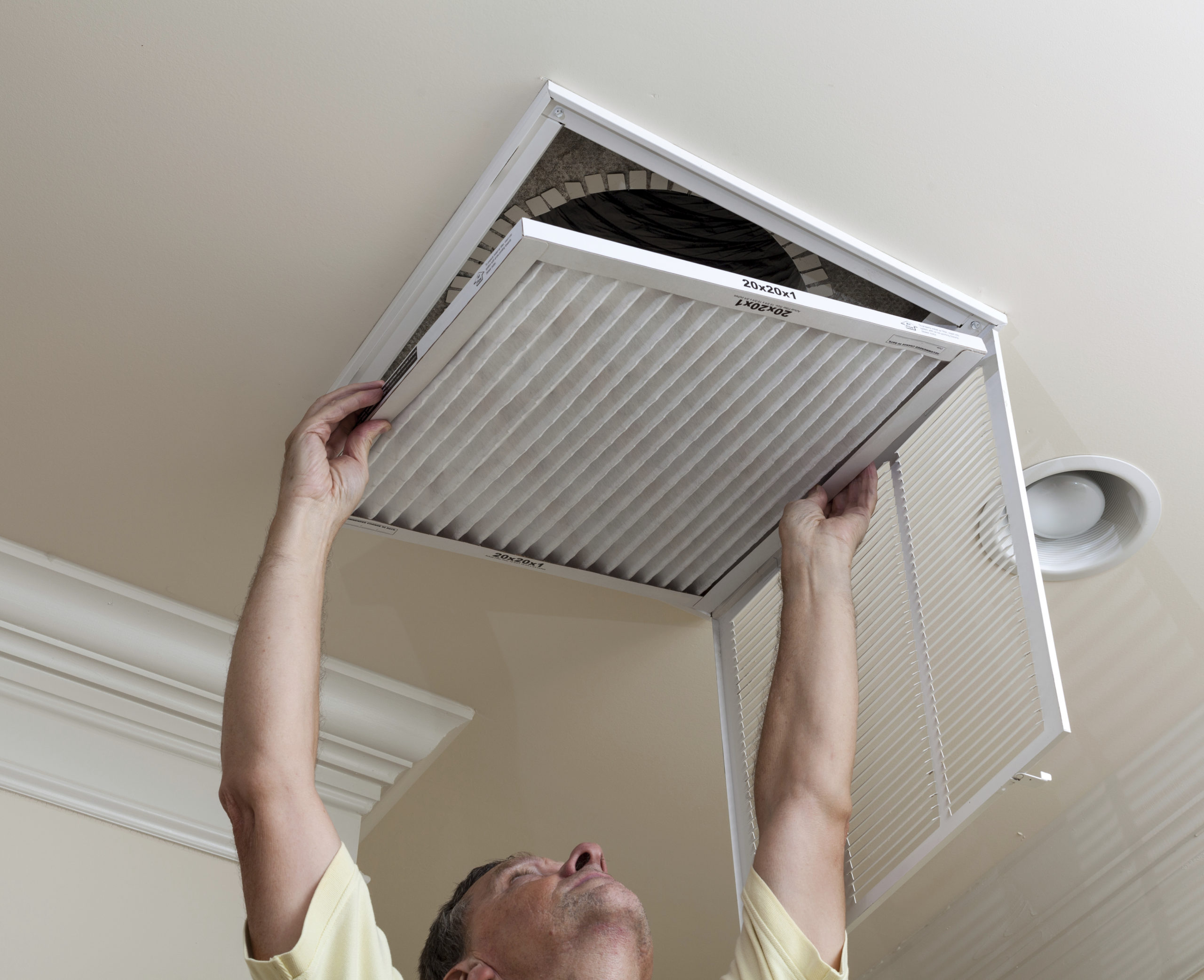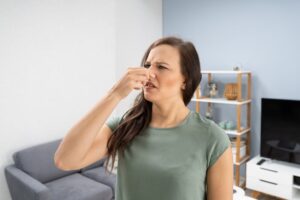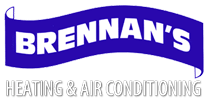6 Simple Steps to Better Indoor Air Quality
 The Environmental Protection Agency has studied human exposure to indoor pollutants and have found that levels may be up to five times greater than pollution levels outdoors. As a result, indoor air pollution has been ranked among the five top environmental risks to human health.
The Environmental Protection Agency has studied human exposure to indoor pollutants and have found that levels may be up to five times greater than pollution levels outdoors. As a result, indoor air pollution has been ranked among the five top environmental risks to human health.
This indoor air quality problem has been exacerbated in recent decades as a result of tighter home construction. Many homes have no effective air exchange between inside and outside air, and the problem is all the worse in the winter when homes are closed up day after day, week after week.
Poor indoor air quality can raise the risk of health issues in home occupants, and especially threaten individuals with respiratory ailments and allergies. The very old and very young are particularly vulnerable.
It’s not all bad news. Here are six relatively simple steps to improve indoor air quality.
The Road to Better Indoor Air Quality
- What’s in your indoor air? It’s not always easy to clean indoor air without knowing what’s in it. For example, you can buy a radon kit at the nearest home-improvement store, to determine if any of this toxic gas has infiltrated into your home from the depths below. Follow the instructions and then mail the test sample to the appropriate lab. Radon that seeps up from underground into your basement, crawlspaces and other parts of the house raises the ris
k for lung cancer and other health problems. A certified technician can test for other types of air pollution, along with looking for visible signs of mold, bacteria and other contaminants. - Say goodbye to chemicals. You can reduce air pollution at the source. Avoid chemical-containing cleaning solutions and solvents, air fresheners and pesticides, including products that contain volatile organic compounds (VOCs). Switch to natural products that in many cases do just as good a job as the chemical product. Store well-sealed chemical products in a secure spot where fumes can’t escape.
- Get a better filter for your furnace and A/C. Those flat blue air filters you see at the super-market aren’t designed to remove the smallest contaminants from your indoor air. For a few more dollars, you can select a pleated filter that, by virtue of its greater surface area, can remove a much higher percentage of particulates from the air. You can still do better, however, with an electrostatic filter or one that uses HEPA (high-efficiency particulate air) technology. Just keep in mind that as filter efficiency increases, your HVAC system has to work harder to push air through the filter. At a certain point, this can have a negative effect on HVAC performance. Your reliable technician should be able to steer you toward an air filter that markedly improves indoor air quality without impeding airflow. Whatever filter you select, don’t forget to inspect it monthly and change it when it gets dirty.
- Ventilate. Adequate ventilation is necessary in order to create an effective exchange of relatively clean outside air with dirty indoor air. Exhaust fans in bathrooms and kitchens do a good job of removing dirty air from these spots, but you may need a whole-house solution, such as an attic fan or other mechanical ventilation. And don’t forget that the most effective form of ventilation comes naturally. When the weather permits, open up your windows and doors.
- Electronic air cleaners. Most air cleaners or purifiers can do a much better job of cleaning indoor air than even a high-efficiency furnace filter. Using a combination of air-cleaning strategies, such as HEPA filtration, electrostatic attraction and/or UV lights, they can scrub nearly all of the contaminants for your indoor air. For a relatively modest price, you can choose an air purifier for a single room, or invest more money in a whole-house air-cleaning system.
- Go green with houseplants. Some varieties of houseplants will neutralize volatile organic compounds and other contaminants in your home. These include the Boston fern, English ivy, peace lily and spider plant. You can go online and discover which plants are the best at removing certain types of chemicals and contaminants from indoor air. And of course, houseplants offer a bonus – they look great and make your home seem healthier.
For more advice on improving indoor air quality in your Northern Virginia home, please contact us at Brennan’s Heating & Air.
You May Also Like

Should My Heat Pump Run Constantly in Woodbridge, VA?
A heat pump that doesn’t work at all presents an obvious problem, but one that won’t stop working can be just as… Continue Reading Should My Heat Pump Run Constantly in Woodbridge, VA?…

How UV Lamps Work and Their Many Benefits
UV (Ultraviolet) lamps operate on the principle of utilizing short-wave ultraviolet light to disrupt and inhibit the growth of microorganisms. Installed within… Continue Reading How UV Lamps Work and Their Many Benefits…

Why Your Furnace in Stafford, VA, Stinks
The warm air that comes from your furnace during the cold months in Stafford, VA, gives you a pleasant feeling. However, if… Continue Reading Why Your Furnace in Stafford, VA, Stinks…


